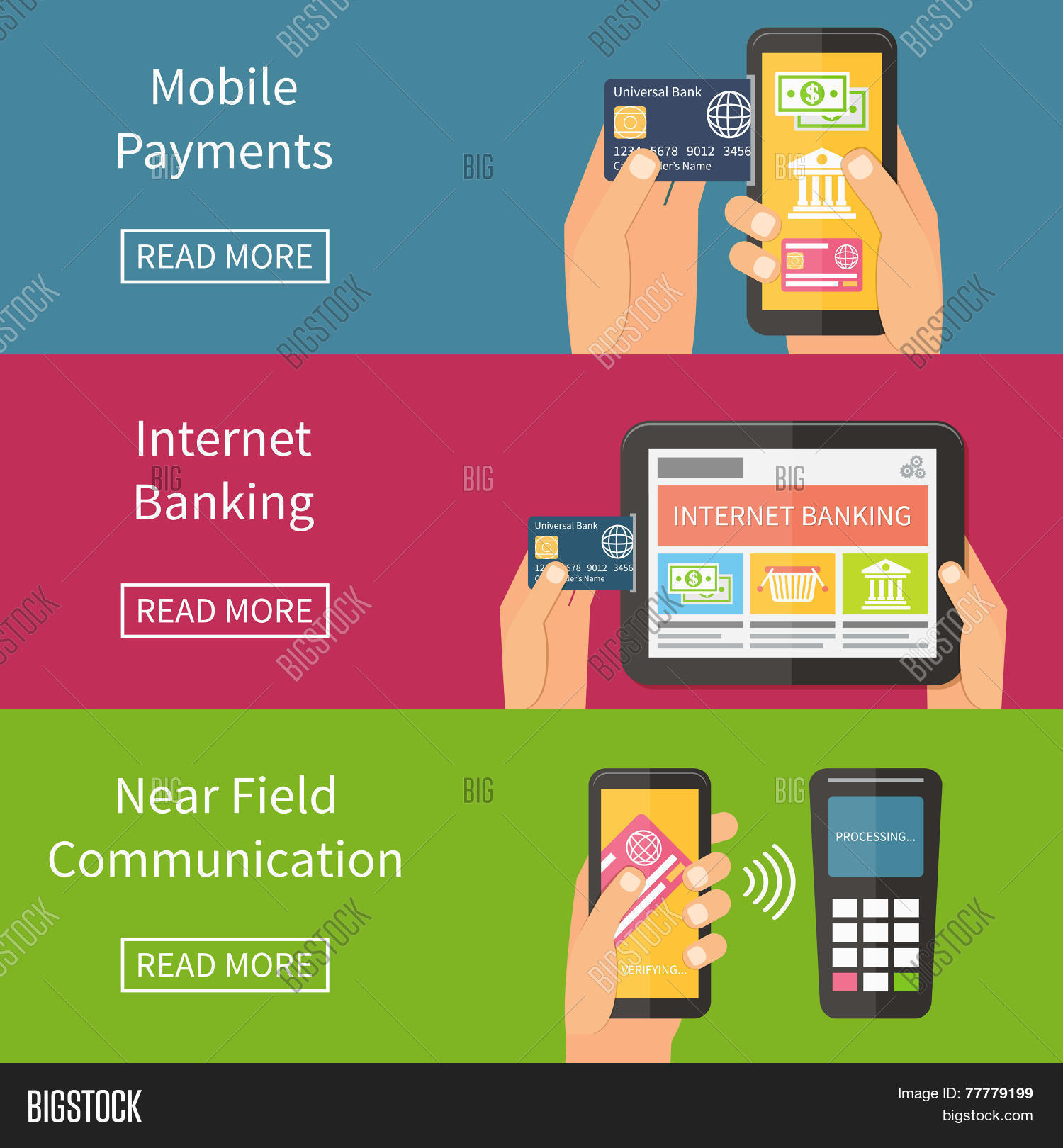|
The Internet of Things (IoT) has revolutionized the way we live, connecting everyday objects to the internet and enabling seamless communication between devices. Now, a new frontier is emerging - the Internet of Space Things (IoST). IoST takes the concept of IoT to outer space, allowing interconnected devices and satellites to communicate and collaborate, opening up endless possibilities for exploration and connectivity. In recent years, the commercial space industry has experienced significant advancements, with private companies like SpaceX and Blue Origin leading the way in launching satellites and developing reusable rocket technology. These developments have paved the way for IoST, as more and more satellites are being deployed into space to create a mesh network that extends our connectivity beyond the confines of Earth. One of the primary goals of IoST is to enable seamless communication and data exchange between satellites, spacecraft, and ground stations. This interconnected network of devices and sensors can collect vast amounts of data from space missions, weather observations, and environmental monitoring. By leveraging IoST, scientists and researchers can gain valuable insights into space phenomena, monitor climate change, and enhance our understanding of the universe. IoST also holds immense potential for improving communication on Earth. Traditional satellite communication systems suffer from latency issues due to the distance between Earth and orbiting satellites. However, by utilizing IoST, satellites can relay signals to each other in space, significantly reducing the signal delay and enhancing real-time communication capabilities. This will benefit industries such as telecommunications, disaster management, and remote sensing, where timely and reliable information is crucial. Furthermore, IoST opens up opportunities for space-based applications such as autonomous satellite servicing and space traffic management. With interconnected devices, satellites can perform self-diagnosis, maintenance, and even repair tasks, reducing the need for costly and risky manual interventions. Additionally, IoST enables better tracking and coordination of spacecraft in crowded orbits, preventing collisions and ensuring the sustainability of space activities. As IoST continues to evolve, challenges such as security, interoperability, and orbital debris management need to be addressed. Secure and reliable communication protocols are essential to protect sensitive data transmitted through the interconnected network. Interoperability standards must be established to ensure seamless integration and collaboration between different space systems and agencies. Additionally, measures to mitigate orbital debris and ensure sustainable practices in space exploration need to be prioritized. In conclusion, the Internet of Space Things represents a new era in connectivity and exploration. The ability to connect satellites, spacecraft, and ground stations in space opens up vast possibilities for scientific research, improved communication on Earth, and advancements in space-based applications. As we continue to push the boundaries of technology and venture further into the cosmos, IoST will play a crucial role in shaping our future in space.  |
